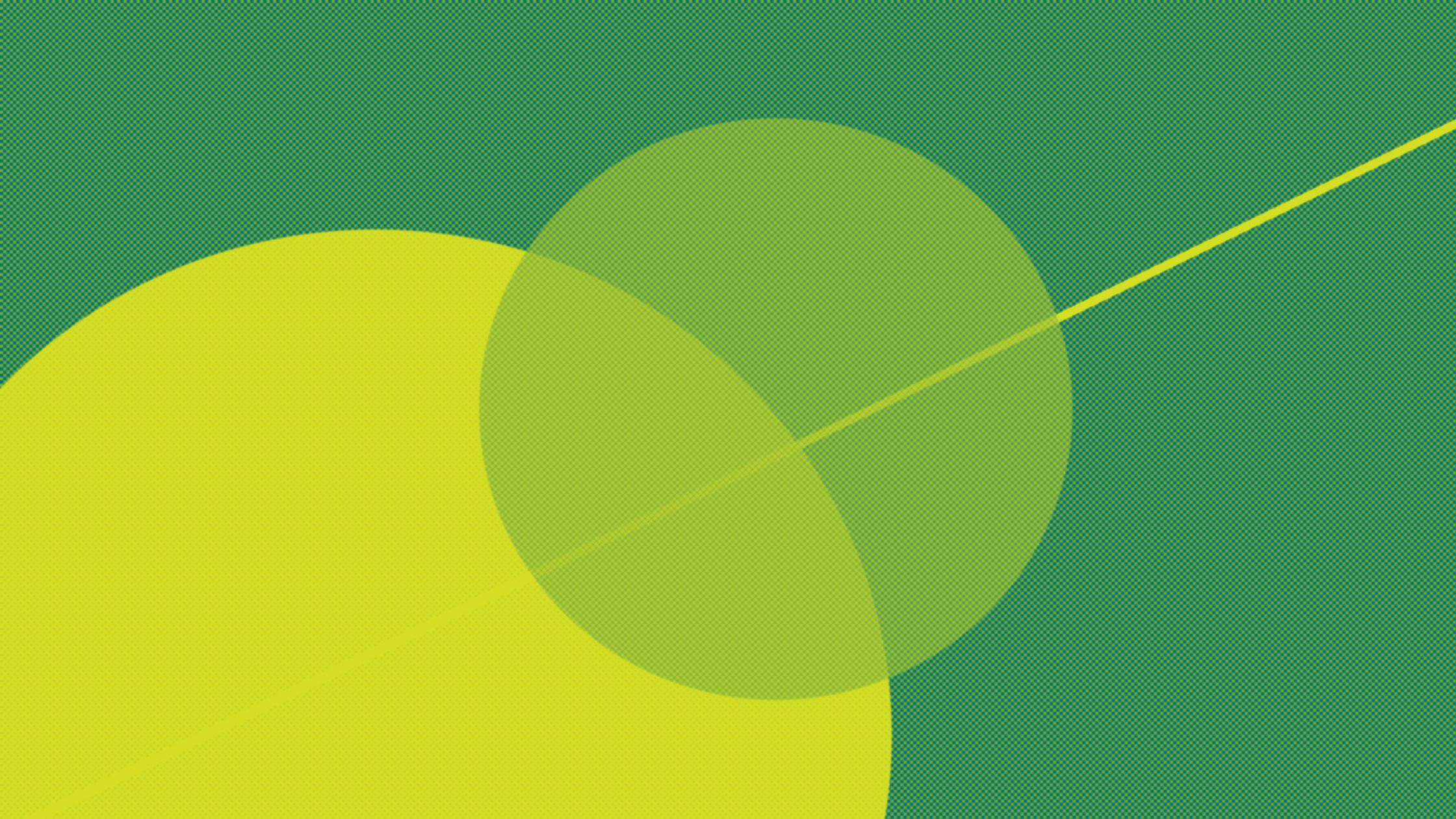Cleaning up draft genomes, identifying allosteric sites, learning in visual cortex
Check out our Editors-in-Chief’s selection of papers from the June issue of PLOS Computational Biology.
Reversing allosteric communication: From detecting allosteric sites to inducing and tuning targeted allosteric response

Recent advances in the development of allosteric drugs allow one to fully appreciate the sheer power of allosteric effectors in the avoiding toxicity, receptor desensitization and modulatory rather than on/off mode of action, compared to the traditional orthosteric compounds. The detection of allosteric sites is one of the major challenges in the quest for allosteric drugs. This work proposes a “reverse perturbation” approach for identifying allosteric sites as a result of a perturbation applied to the functional ones. Igor N. Berezovsky and colleagues show that according to the traditional Monod-Changeux-Jacob definition of allostery, considering non-overlapping regulatory and functional sites is a critical prerequisite for the successful detection of allosteric sites. Using the reverse perturbation method, it is possible to determine wide protein regions with a potential to induce an allosteric response and to adjust its strength. Further studies on inducing and fine-tuning allosteric signalling seem to be of a great importance for efficient design of non-orthosteric ligands in the development of novel drugs.
Removing contaminants from databases of draft genomes
Infectious diseases afflict a majority of the human population around the world, from the common cold to the devastating malaria parasite. As technology has evolved, DNA sequencing emerged as a revolutionary and rapid method for diagnosing human infections. As part of their efforts to boost the ability of scientists to identify the source of an infection by sequencing, Jennifer Lu and Steven Salzberg present here a computational method for removing erroneous or misleading sequences from existing DNA databases. When they applied this method to a database of more than 200 eukaryotic pathogens, they were able to successfully and accurately identify the true pathogens infecting real human samples.
Bridging structure and function: A model of sequence learning and prediction in primary visual cortex

A central goal of neuroscience is to understand the relationship between the structure and function of brain networks. Of particular interest are the circuits of the neocortex, the seat of our highest cognitive abilities. Here Christian Klos and colleagues provide a new link between the structure and function of neocortical circuits in the context of sequence learning. They studied a spiking neural network model that self-organizes its connectivity and activity via a combination of different plasticity mechanisms known to operate in cortical circuits. They use this model to explain various findings from a recent experimental study on sequence learning and prediction in rat visual cortex. The authors’ model reproduces the changes in activity patterns as the animal learns the sequential pattern of visual stimulation. In addition, the model predicts what stimulation-induced structural changes underlie this sequence learning ability. Finally, the model also predicts how the adapted network structure influences spontaneous network activity when there is no visual stimulation. Hence, their model provides new insights about the relationship between structure and function of cortical circuits.
